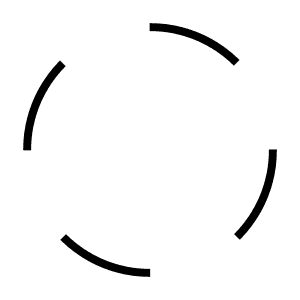












Tracklisting: A. Part 1 - 22:44B. Part 2(Featuring ここ)- 16:33C. Part 3 - 25:42D. Part 4 - 22:37The Meaning of Blackness, More Decorous than DutyHaving become faster than everything A smile that was never birthed into the light (Live at the 3rd Tomorrow Festival 2016 @ B10 Live) This release from Shenzen's Old Heaven Books documents a blistering live performance, recorded in B10 as part of the 3rd Tomorrow Festival. Over the last fifty years few musicians or performers have created as monumental and uncompromising a body of work as that of Keiji Haino. Through a vast number of recordings and performances, Haino has staked out a ground all his own, creating a language of unparalleled intensity that defies any simple classification. Haino lets loose a 90 minute performance maelstrom, marrying the immersive echo-fields of kosmische music to the rough and ready hands-on feel of classic wall of noise intensity that he's known for. This is both an essential historical document and a classic performance in its own right. Keiji Haino considers this live album as an integral work that cannot be separated. Released by Old Heaven Books, Dec 5th 2019

Keiji Haino – 黑的意义 The Meaning Of Blackness (More Decorous Than Duty Having Become Faster Than Everything A Smile That Was Never Birthed Into The Light) 礼节先于义务 比一切都要快 未曾诞生于光中的微笑
















